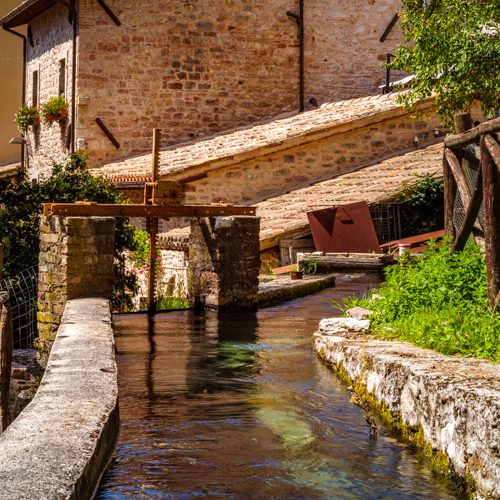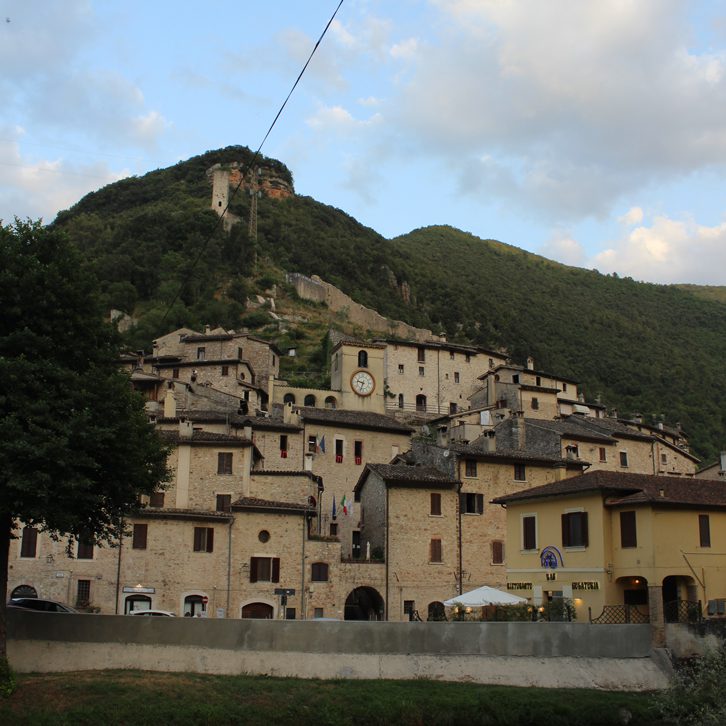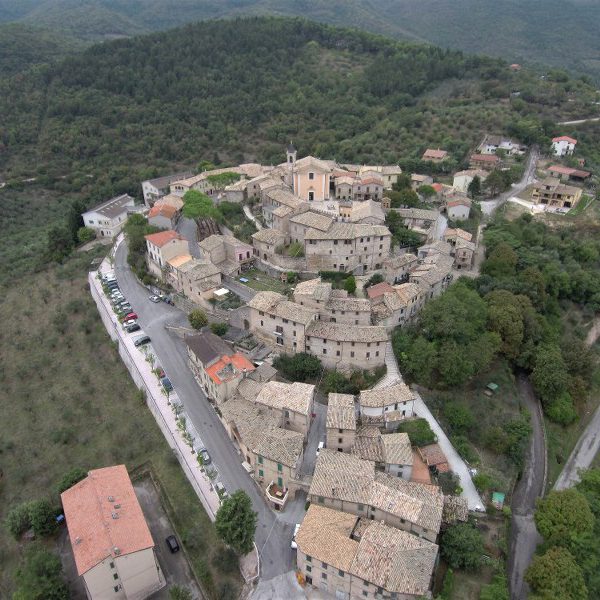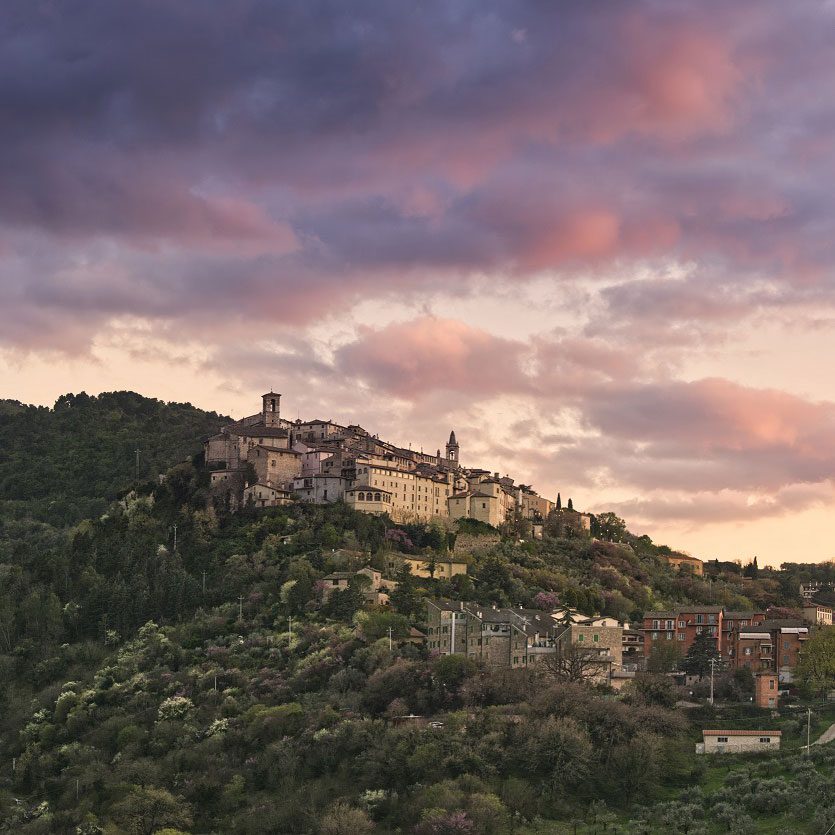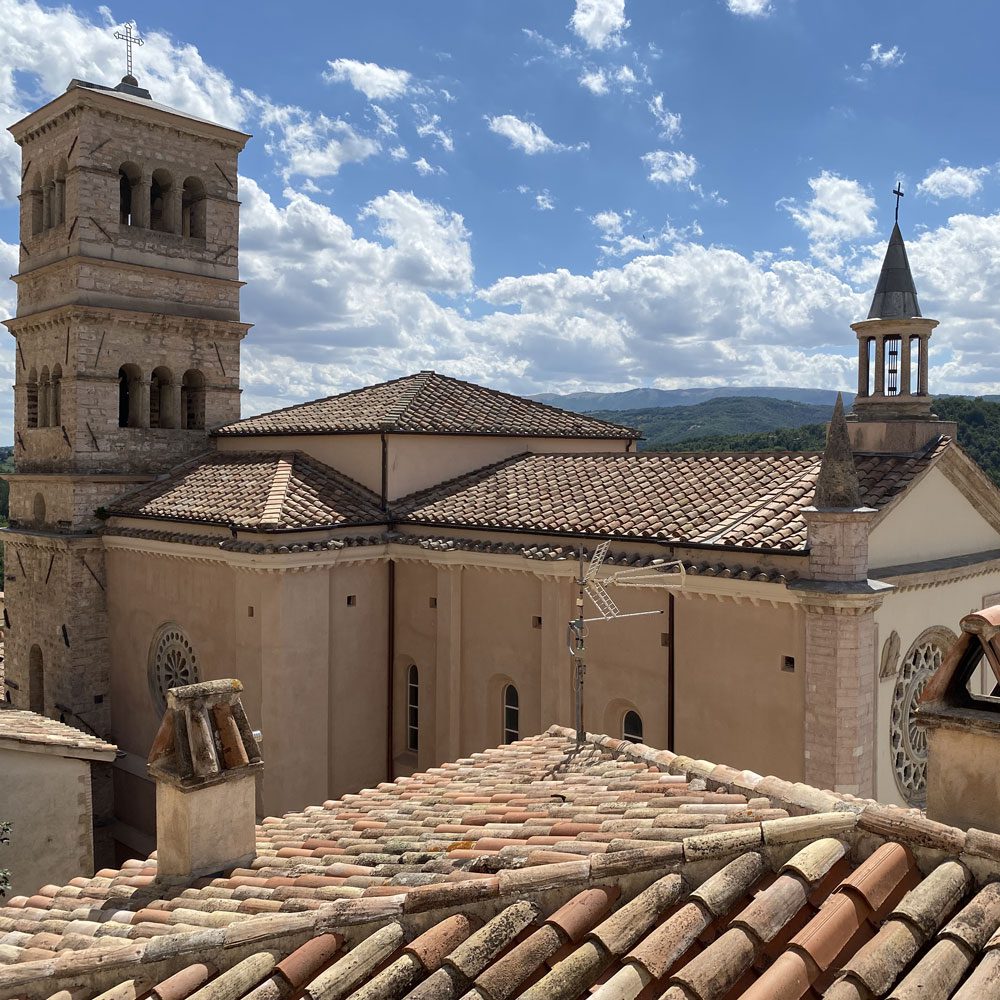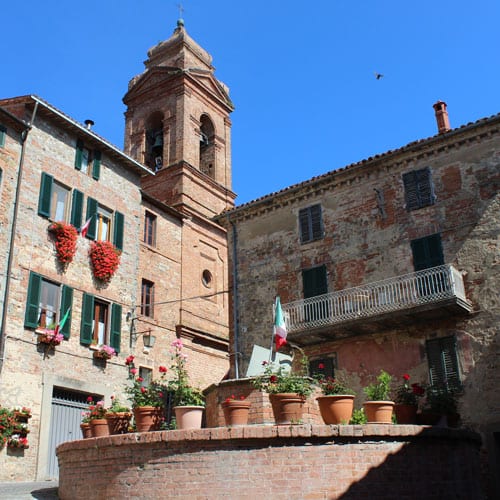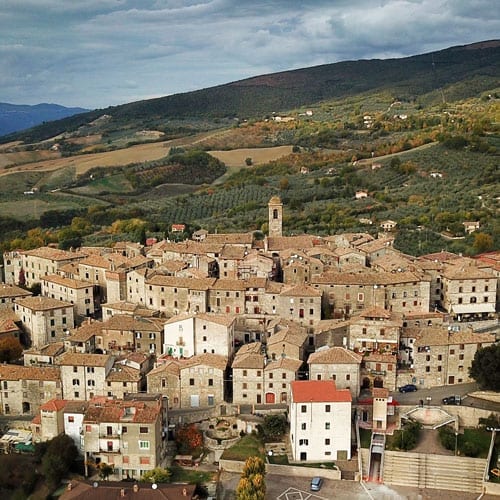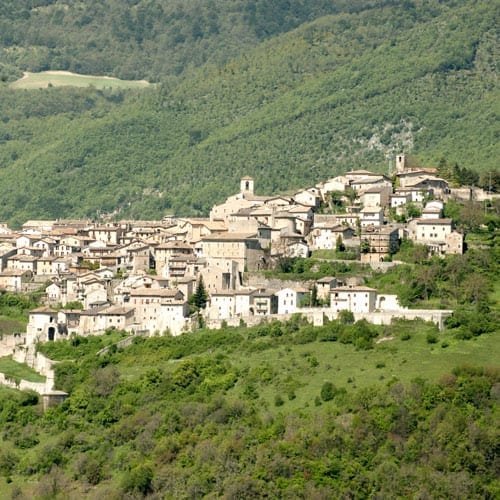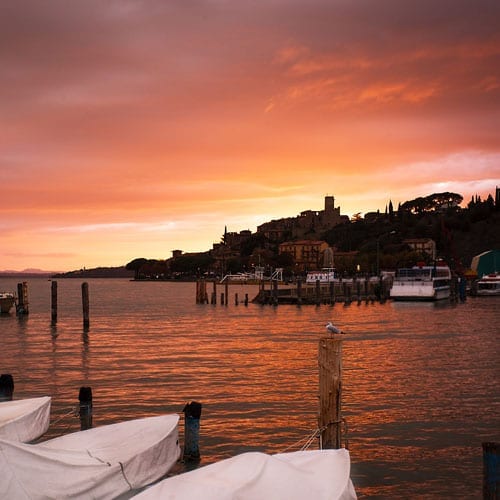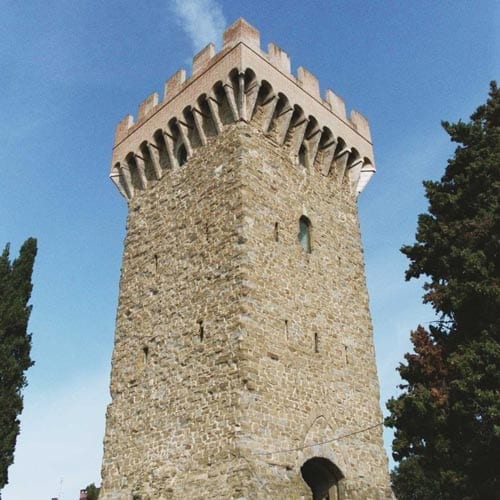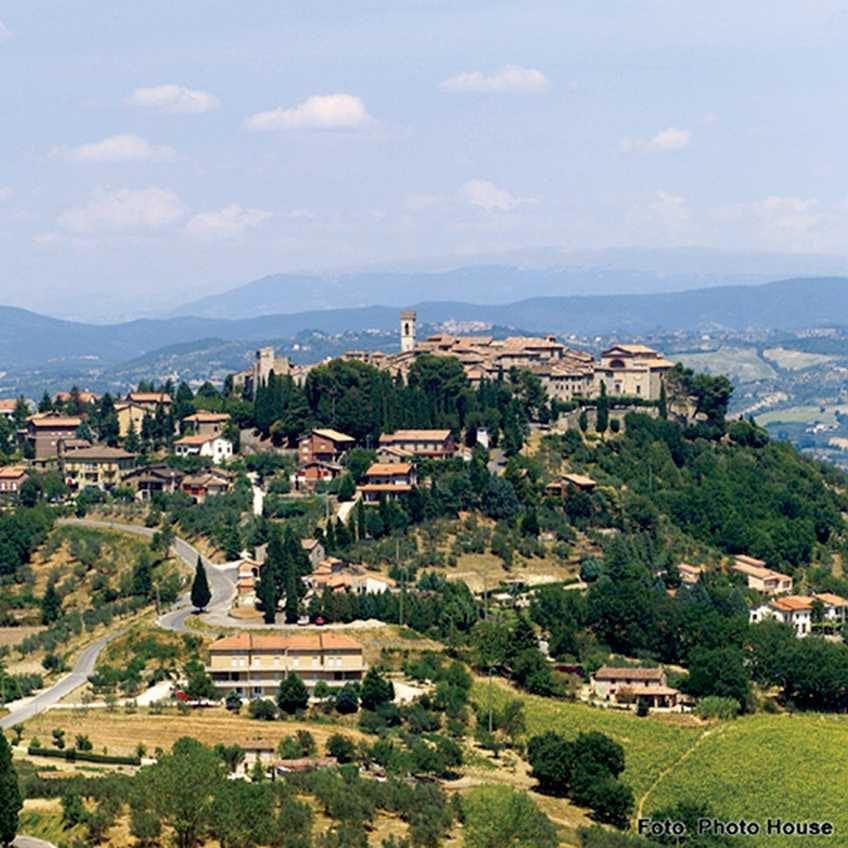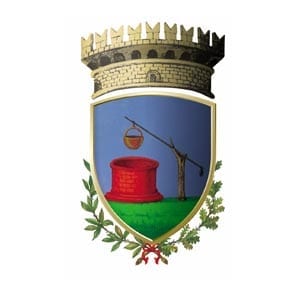 Citerna
Citerna
MUNICIPALITY OF CITERNA
(Perugia District)
Altitude
mt. 480 a.s.l.
POPULATION
3300 (310 in the borgo)
TOURIST INFORMATION
Town hall, Corso Garibaldi – Ph. 075 8592119
Pro Loco Citerna, Corso Garibaldi – Ph. 075 8592119
I.P.N., corso Garibaldi 39 – Ph. 075 8579025
www.citerna.net
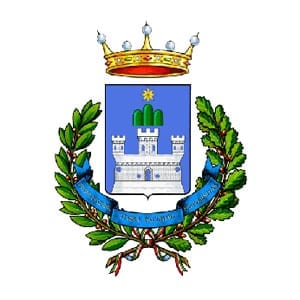
The name may derive from a linguistic contamination of the word cisterna (tank), as many of the buildings have tanks for rainwater collection.
Contended many times for its position, a fortress with sighting functions of military flows from surrounding lands, the Borgo has a peculiar structure, designed on two overlapping levels, which develops in the subsoil with walkways, paths, vaults and numerous rainwater collection tanks, forming a complex system of water supply. Water is the other identifying element of the village, an integral part of a landscape still unspoiled in its hilly profiles, immortalized by numerous artists who have left their works in the churches, from Pomarancio to Donatello. The historical center of Citerna, surrounded by the city walls, it was built between the thirteenth and fourteenth century with two main entrances: Porta Romana to the south and Porta Fiorentina to the north. Immediately behind Porta Romana is the Monastery of St. Elizabeth, inside the hexagonal church is a Vesperbild, a German iconography depicting a fourteenth century Pietà. Along the perimeter of the walls on the east and west sides, are the medieval round arched walkways, all perfectly preserved. From the main road you’l get to Casa Prosperi – Vitelli, where you can admire the sixteenth century chimney dedicated to Sweethearts. Next, above the entrance to Palazzo Municipale, the town hall is the Convent of the Church of S. Francesco, that was confiscated after the unification of Italy. S. Francesco is a church museum, thanks to the large number of works of art that have remained preserved. Built at the beginning of the sixteenth century, it has a Latin cross design, with nine richly decorated altars. There are paintings by Simone Ciburri, a fresco by Luca Signorelli and his school (1550), a Deposition by Pomarancio, some paintings by Raffaellino del Colle and a collection of sacred canonicals finely worked in silk and gold. In the left transept you can admire a wooden crucifix in Byzantine style dating back to the end of the thirteenth century. Behind the high altar there are 25 majestic wooden walnut choir stalls and a monumental lectern that were built in the sixteenth century. Above the choir stalls is the Madonna and Child, which has recently been attributed to the young Donatello that enrichens the small museum of the church. Walking on you get to the main square, Piazza Scipione Scipioni, where you can admire the natural amphitheatre that stretches in all its beauty at the foot of Citerna: the Tiber river basin and the Apennine range defines this huge basin, from Mount La Verna in the north to the Sibillini Mountains in the south. On the square, the civic tower bears a wooden clock with mechanical joints dating back to the sixteenth century. In front of it, on the gentle slope, is the façade of the Church of San Michele Arcangelo, built around 1680, it preserves within it a beautiful Madonna and Child from the school of Giovanni della Robbia, a valuable panel painting Crucifixion (1570) with a wooden altar by Pomarancio and a bell dated 1269. On the eastern side of the historical core of Citerna there is a square of small but elegant Bontempelli Theatre, built by the Vitelli family in the sixteenth century, now salvaged and fully working; while on the west side there is the fortress, the oldest part of the castle. Of Longbard origin (VII sec.), it was rebuilt in the fourteenth century, and was the former the residence of the lords of Citerna. The western bastion and round tower, that became the symbol of the village, completes the western side of the circle of walls. It is now possible to understand how the village is made up of two urban structures built in different times. The acropolis, which is the nucleus of the borgo, and the burgus, added in the thirteenth century and located along the axis of the main street. From an urbanistic point of view we have two levels, the first corresponding to the block between Porta Romana and Piazza Scipioni, the other consisting in the Ammassi (“clusters”) suggestive walkways and a complex system of tunnels below the high street located under the former convent of San Francesco, from which some exhibition spaces have been created. Here you can find some of the tanks that gave name to the borgo. These containers are constructed or excavated below the ground for rainwater collection. Seven tanks have been listed but it is likely that there are others. The most important, with a capacity of 450 cubic meters, can be visited in the Ammassi of the former convent. Just outside the walls, in the west versant, there is a medieval well over 20 m deep.
Citerna traditionally produces vinsanto (sweet white raisin wine), a sweet Passito wine typical of Umbria. A powerful wine, made from selected grapes harvested from old vineyards and then put on mats or in the attic until Christmas for drying.


